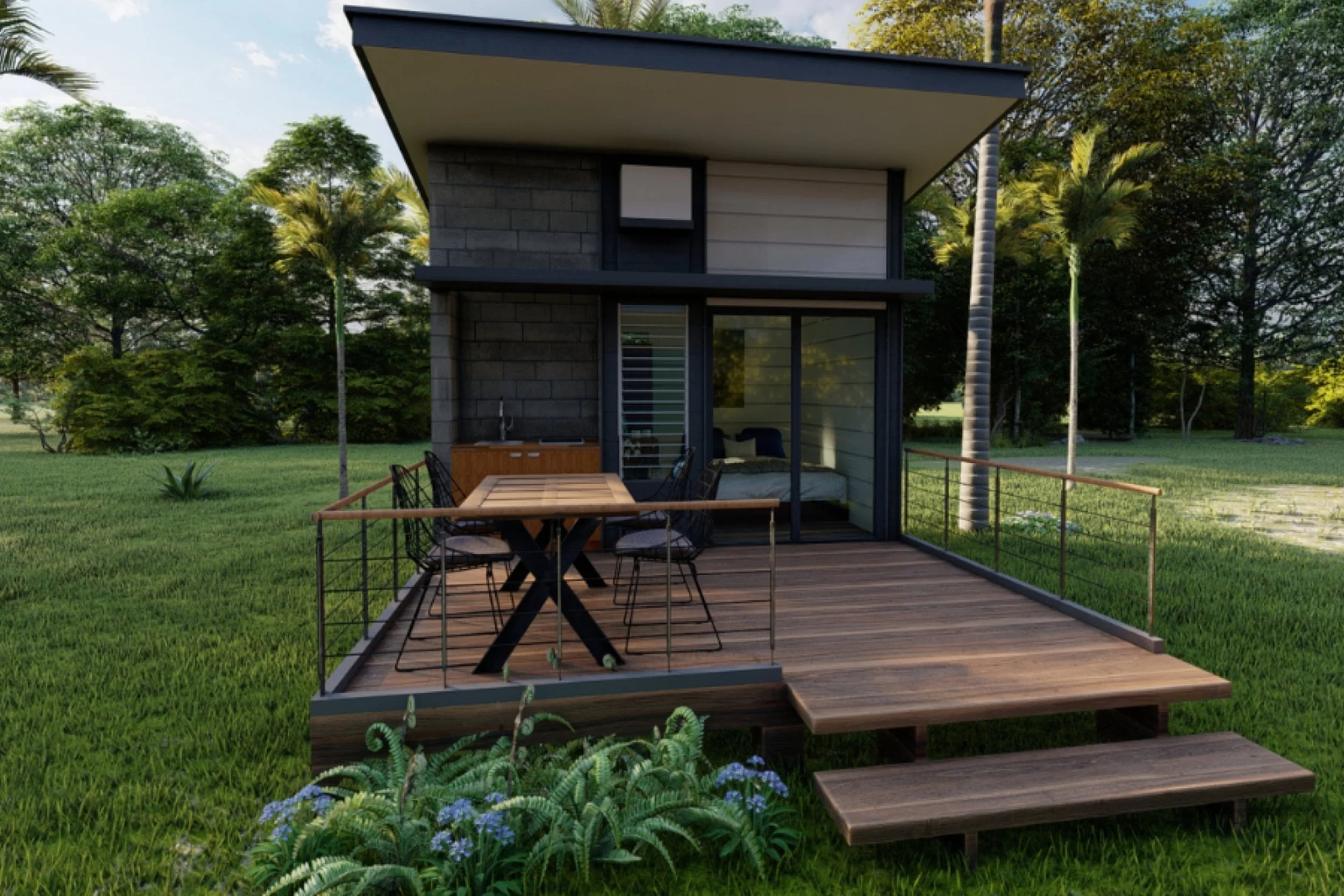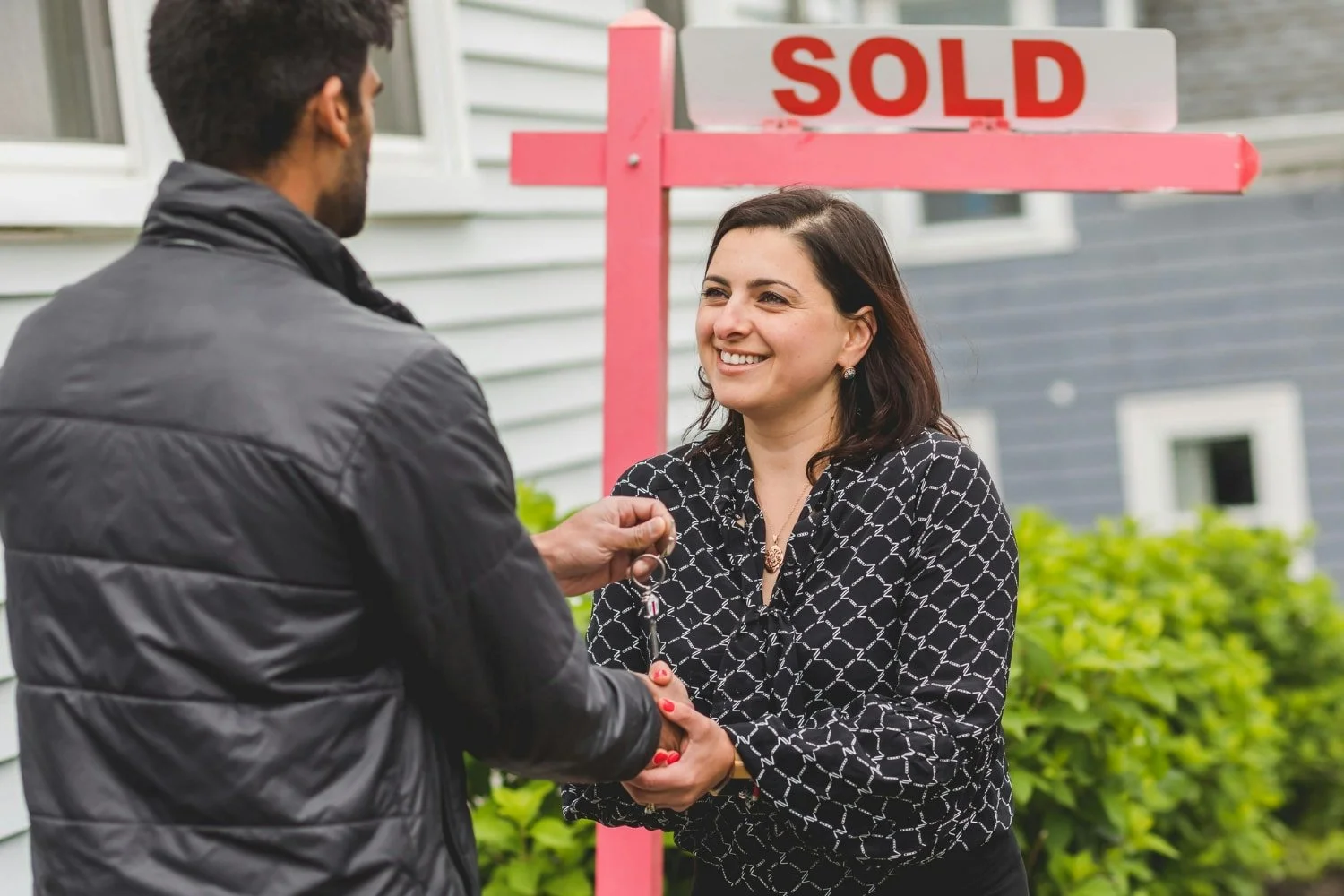The Legal Aspects of Building a Tiny Home or Granny Flat on Your Property for a Family Member
Many property owners share the objective of providing a secure and comfortable environment for a family member, be it an elderly parent, an adult child, or a relative in need of more frequent care. A great solution is to build a secondary dwelling or residence on your property, also known as a tiny home or granny flat.
Though they differ greatly between the State of Queensland and your local Council (such as Sunshine Coast, Noosa, or Moreton Bay), the laws governing these structures can be overly complicated. To prevent expensive removal orders, insurance nightmares, issues with your relatives’ pension payments or issues when you eventually sell the property, you must complete the approvals and paperwork correctly and learn the other legal aspects.
As seasoned local property lawyers, we want to help you navigate the essential regulatory steps to ensure your “roof for the relatives” is built on solid legal ground.
Navigating Planning and Building Approvals
The first and most critical step is understanding the difference between the structure’s planning approval (Town Planning) and building approval (Construction Standards).
Planning Approval (Council Requirements)
A granny flat is officially classified as a secondary dwelling in Queensland. You can also now lawfully rent out a granny flat to non-family members throughout the state since the Queensland State Planning Regulations eliminated the restriction on who can occupy a secondary dwelling as of September 2022.
However, local Council requirements remain paramount. To be considered a secondary dwelling (and not a dual occupancy, which often requires much stricter Development Approval):
Subordination and Connection: The secondary dwelling must be subordinate to and used in conjunction with the primary dwelling. On the Sunshine Coast, this usually means:
It must be situated a certain distance—typically 20 metres or less—from the primary residence.
It must share common services, such as the street number, letterbox, water connection, and vehicle access driveway.
Size Limits (Gross Floor Area - GFA): Local Councils strictly enforce maximum size limits to maintain the structure’s subordinate status. This is one of the key granny flat requirements. For example:
In many Sunshine Coast Residential Zones, the maximum GFA is 60m².
In Rural or Rural Residential Zones, this maximum is often higher (up to 90m²).
Setbacks and Overlays: You must comply with local planning scheme requirements regarding boundary setbacks (distance from fences) and any specific constraints on your land, such as Bushfire, Flood, or Biodiversity Overlays.
If your proposed tiny home or granny flat design exceeds the local Council’s limits for a secondary dwelling, it will likely be classified as a dual occupancy. A dual occupancy almost always requires a DA and potentially triggers hefty infrastructure charges. This answers the critical question: “Can I build a granny flat on my property without complex approval?” It depends entirely on size and zone.
Building Approval (Certification)
Regardless of who occupies the dwelling, all permanent structures require Building Approval. This is managed by a private building certifier, not the Council itself. The certifier ensures your build complies with the National Construction Code (NCC), covering everything from fire safety and structural integrity to plumbing and drainage. This is distinct from granny flat approval from a planning perspective.
If your tiny home is on wheels and is considered a caravan (temporary, not fixed to the land, and built to comply with transport regulations), it may not require building approval. However, it will be subject to local government laws regarding how long it can be occupied temporarily on the land.
Who Owns the Structure and Managing Liability
When building a granny flat on your property for your parents or another family member, the most complex issues are often related to ownership, money, and personal liability.
Legal Ownership and Title
The most important legal fact is that a secondary dwelling cannot be subdivided or sold separately from the main house. It remains part of the property title.
Property Owner: The owner of the land is the sole legal owner of the new structure. The family member residing there has no ownership interest unless they are formally added to the main property title—a step with major legal and tax implications that requires careful consideration.
Financial Contribution and Preventing Disputes
If the family member contributes significantly to the cost of the build, their financial contribution must be formally documented to prevent future disputes. This is essential, particularly if:
The family member moves out and seeks to recover their investment.
The property owner dies, and the dwelling becomes an asset in their estate.
The family member or property owner separates from a partner (Family Law considerations).
The family member receives financial assistance from the government such as a pension.
We strongly advise drafting a formal Deed of Agreement (or Loan Agreement, if applicable) that addresses these scenarios, detailing what happens to the investment in the event of family breakdown, death, or sale of the property to other family members. This way, you can ensure that the intentions of all parties are legally binding and clear.
Liability and Insurance
The new structure is an extension of the main property, increasing your risk profile:
Insurance: You must update your Home and Contents Insurance to cover the new structure and its occupants. Failure to do so could void your policy in the event of damage.
Personal Injury: As the property owner, you have a duty of care. Ensure the dwelling meets all safety standards to mitigate liability if a family member or guest is injured on the property.
Financial and Tax Considerations in Queensland
The new structure may impact your financial obligations as a property owner in Queensland:
Council Rates: A secondary dwelling is typically included in the overall residential rating for the property. However, if your structure is classified as a dual occupancy, you may face higher rates and infrastructure charges.
Land Tax: Land tax is levied on the total value of your land. If the secondary dwelling is used purely by a family member, it usually maintains its principal place of residence land tax exemption. However, if you choose to rent it to a non-family member, you should seek advice from your accountant regarding potential changes to your tax status.
Capital Gains Tax (CGT): If you eventually sell the property and the secondary dwelling was rented out for any period, that portion of the property may be subject to CGT, as it was used to derive income.
Start with Legal Clarity
The Sunshine Coast is a beautiful place for multi-generational living, but achieving it legally requires diligence. A well-intentioned build must not be a source of legal stress.
At Bradley & Bray, we specialise in property law and are here to guide you through the Council regulations, compliance complexities, and the necessary legal agreements. We provide the professional, warm, and intentional advice needed to protect your investment and your family relationships.
Contact us today to ensure your granny flat or tiny home project is structured correctly from the beginning.
Disclaimer: This article is general in nature and does not constitute legal advice. If you require legal advice in relation to your personal circumstances, you must formally engage our firm or another firm to provide legal advice in relation to your matter. Bradley & Bray lawyers take no responsibility for any use of the information provided in this article.





